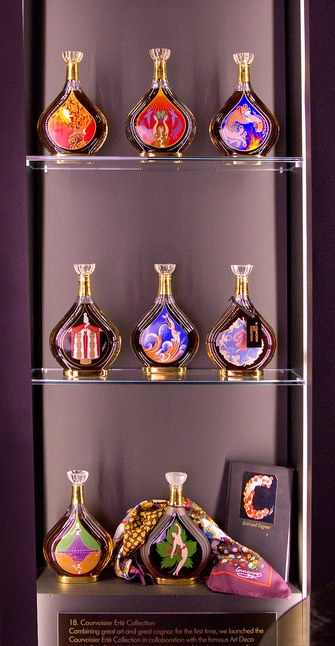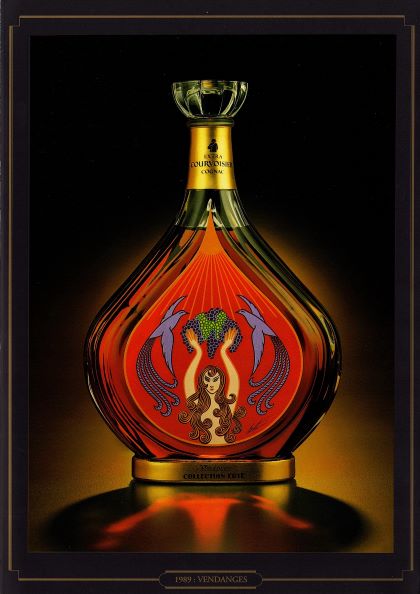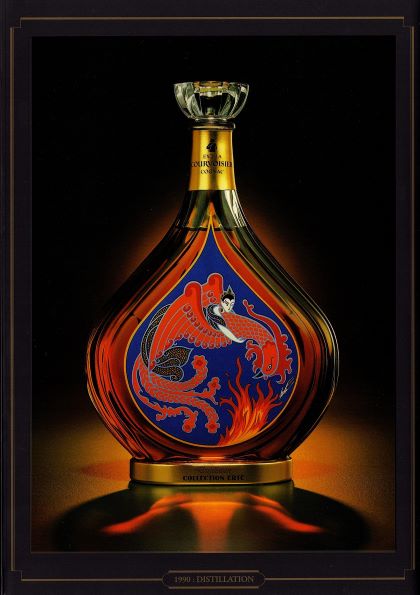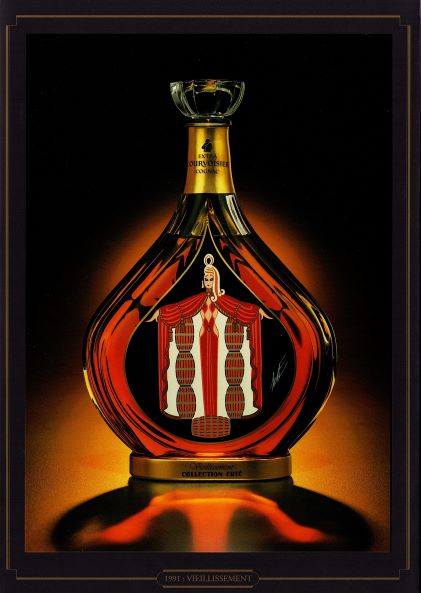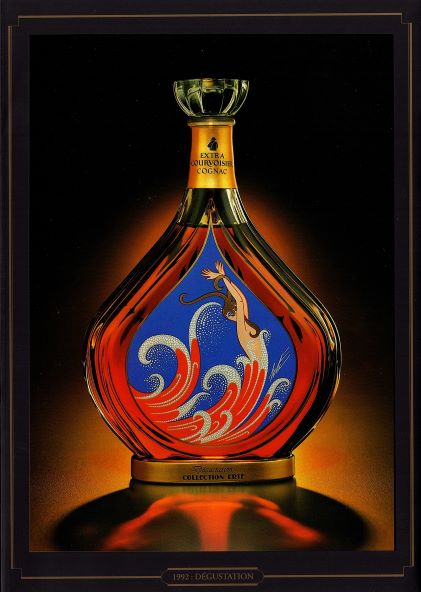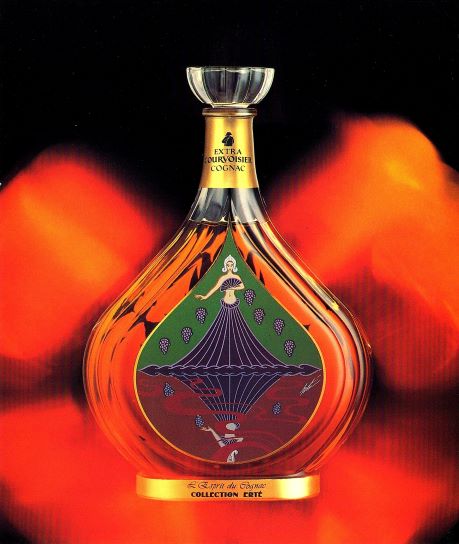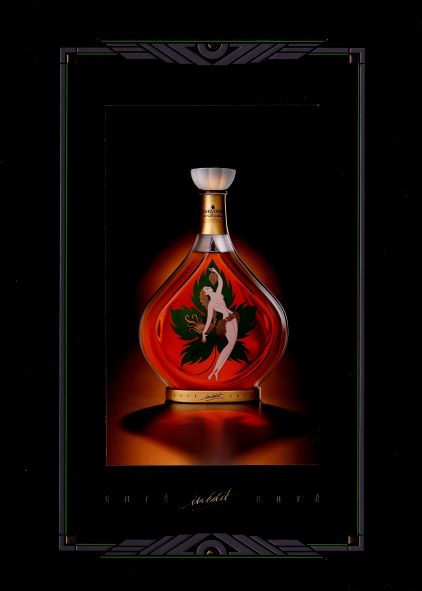Courvoisier
Cognac Courvoisier Erté No.1-8
Erté No. 1 t/m No. 8, Collection by Courvoisier with Original Luxury Presentation Box
Provenance: Private purchase
- No. 1 Vigne
- No. 2 Vendanges
- No. 3 Distillation
- No. 4 Vieillissement
- No. 5 Dégustation
- No. 6 L'Esprit du Cognac
- No. 7 La Part des Anges
- No. 8 Inédit.
Questions about this piece?
Some details: |
|
| Size | 75 cl |
|---|---|
| Vintage | Non-vintage |
| Alcohol | 39.0 % |
Cognac
Renowned throughout the world, the production of Cognac has been regulated by its very own AOC since 1909. Only liqueurs from eaux-de-vie made from crus from the controlled appellation area of Cognac can be labelled as such. This liqueur must be distilled and aged on-site in compliance with authorised techniques: double distillation in a copper Charentais still, ageing in oak barrels for a set minimum ageing period.
A good Cognac is subjected to a complex manufacturing process. It is never made from the eau-de-vie of a single cru, but from a `marriage' of eaux-de-vie that vary in age and cru - some as old as a hundred. To establish the age of a Cognac, only the number of years spent in oak casks or barrels are taken into account. As soon as an eau-de-vie is decanted into a glass recipient, it ceases to age. The longer it is left to age, the more a Cognac gains in complexity, fragrance, aromas and taste (spiced, pepper and cinnamon flavours).
Please note that only Cognacs made exclusively from Petite and Grande Champagne (50% minimum) can use the "Fine Champagne" appellation.
Courvoisier
Courvoisier was officially established by Felix Courvoisier in 1835. The origin of their history goes back to the beginning of the 19th century with Emmanuel Courvoisier and his associate, Louis Gallois.
Courvoisier is amongst the four leading cognac houses in the world. Legend has it that the emperor Napoleon himself chose Courvoisier as his preferred cognac, therefore Courvoisier is often referred to as “The Cognac of Napoleon”. The company dates back to 1828 and since has its headquarters in the town of Jarnac. With prestigious bottles such as Courvoisier Napoleon or Josephine, the cognac house is at the top of the luxury spirits market. The drink is strongly engrained in US Hip Hop culture with Busta Rhymes and P Diddy dedicating the song “Pass the Courvoisier” to the traditional cognac

Erté No.8 Inédit
The bottles of the Erté Collection were designed by Russian deco-artist Erté and contain an extraordinary blend of precious Grande Champagne cognacs from the well-known château Courvoisier, considered one of the largest producers of cognac. Only 12.000 bottles were made of numbers 1 to 7. Courvoisier finally released a limited edition to commemorate the death of Erté in 1990, number 8, of which only 4.000 bottles were made. Each of the bottles’ design represents a different facet of the cognac-making process.
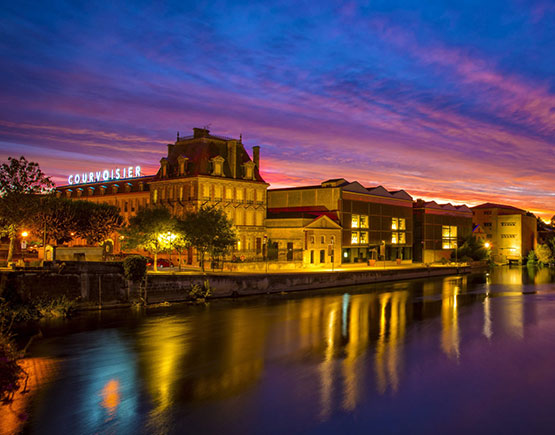
The Maison
Originally established in Paris, in the French suburb of Bercy in 1809, Emmanuel Courvoisier started a wine and spirit company with Louis Gallois, then the mayor of Bercy. Originally, Emmanuel and Louis would act as traders for the best cognacs of the region.
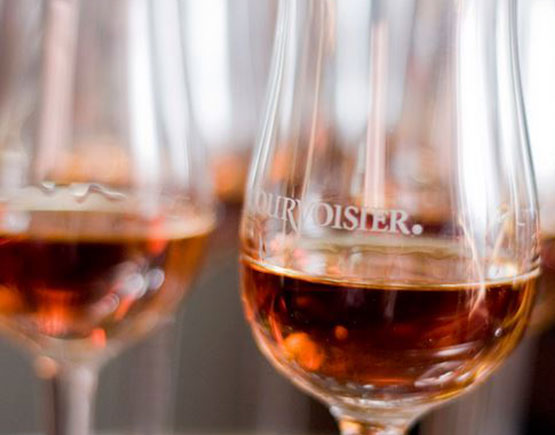
The Process
Eventually the two decided that the only way they could guarantee the very finest cognac was relocate to the region and become producers themselves. The 200-year-old crafting process has not changed since Courvoisier’s establishment in Bercy.
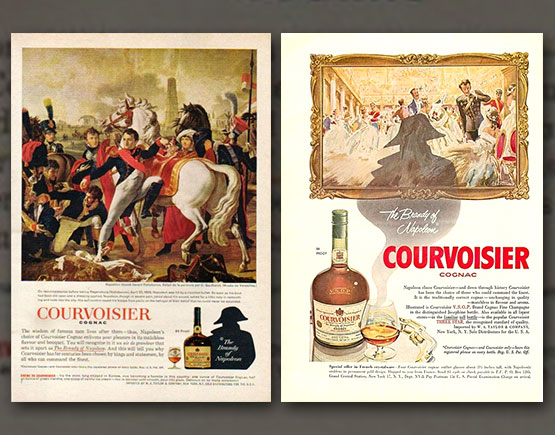
Jarnac
In 1828, Felix Courvoisier and Jules Gallois, the sons of Emmanuel and Louis, wanted to improve the quality of cognac, moving the company to the heart of the Cognac region in the town of Jarnac. After Felix’s passing in 1866, his nephews, the Curlier brothers, took over the management of the business.

Headquarters
By 1909, the business was sold to the Simon family from England, but still maintained its production and headquarters in the Jarnac region. Located ten minutes from the town of Cognac, the main Courvoisier business operations still operate from the Château on the banks of the Charente river which was established in the 1870s.
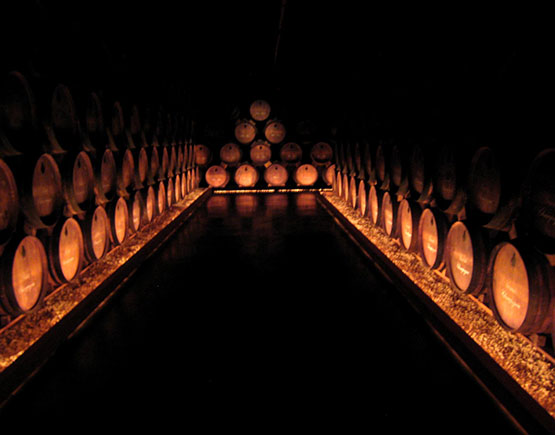
Handmade barrels
Courvoisier sources Eaux-de-vie from the following crus to create its blends: Grande Champagne, Petite Champagne, Borderies and Fin Bois. The harvest season begins in October, followed up by distillation from November to March. Courvoisier cognac is aged in barrels handmade from 200-year-old oak sourced from the Tronçais forest in France.

